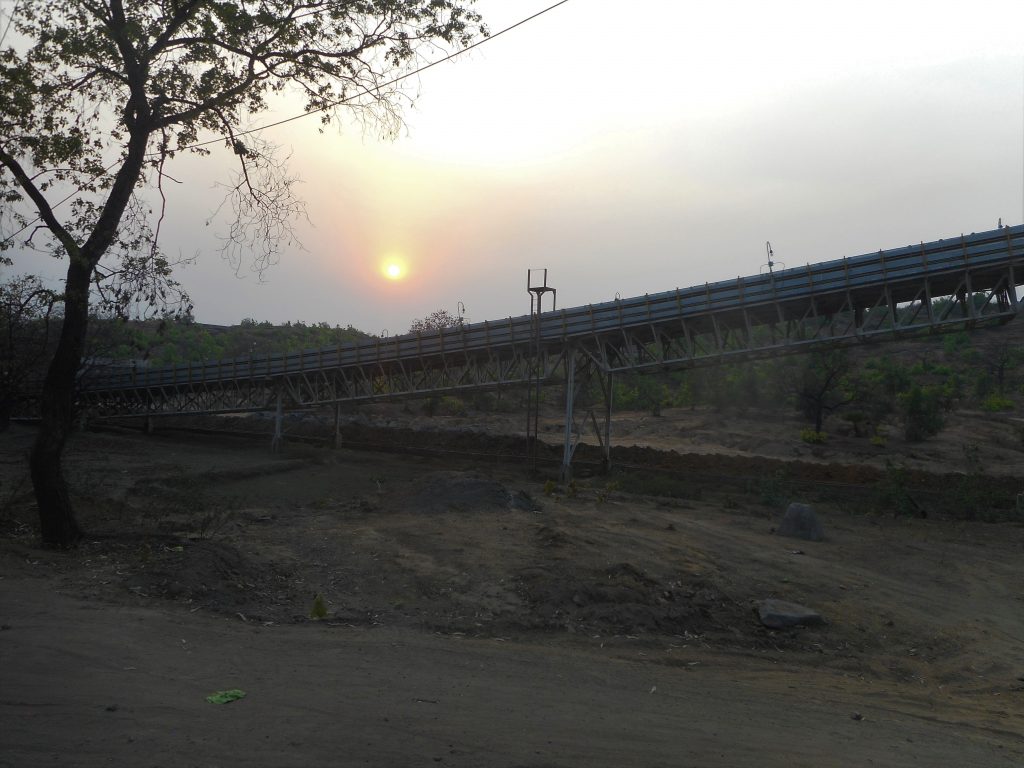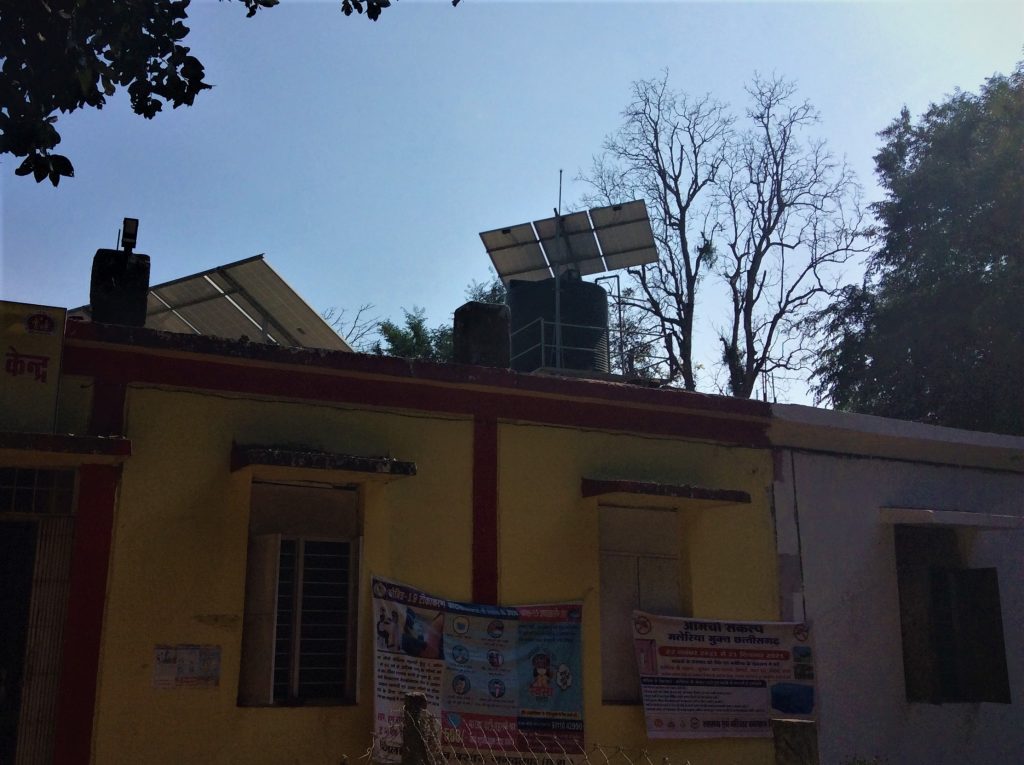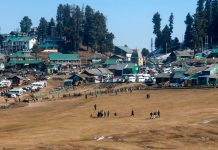
As India pledges to work on phasing out coal, there is a huge workload of informal workers who have to be taken care of. It will also mean working keenly on green energy, especially wind, alongside solar energy, writes Deepanwita Gita Niyogi
At the 26th United Nations climate summit in Glasgow, Prime Minister Narendra Modi announced that India will achieve net zero emissions by 2070. In order to tackle climate change, transitioning to greener economies and renewables is the need of the hour. But India is still dependent on coal and it is a huge ecosystem.
Odisha, Jharkhand and Chhattisgarh are top coal-bearing states of India where mining has given rise to severe air pollution, human-animal conflict, displacement of indigenous communities, loss of biodiversity, deforestation and threats to the country’s art and heritage sites like the megaliths of Jharkhand.
According to a report by American non-profit, Global Energy Monitor, new coal projects threaten to displace at least 165 villages and affect 87,630 families, of which 41,508 live in scheduled areas of India. Protests have erupted over coal mining in the Hasdeo Arand area of Chhattisgarh, a place rich in biodiversity.
The pollution level in coal mine areas is high which impacts clean water sources and air quality. Women and children are more vulnerable to poor air quality. During a workshop held in Kolkata last year on ‘just transition’, experts pointed out air pollution causes infertility among both men and women and should be treated as a health crisis. A ‘just transition’ seeks to ensure that the substantial benefits of a green economy transition are shared widely, while also supporting those who stand to lose economically – be they countries, regions, industries, communities, workers or consumers.
Towards renewables
As India pledges to work on phasing out coal, there is a huge workload of informal workers who have to be taken care of. Coal phase out will impact communities who depend on it for livelihood. Phasing out coal will also mean working keenly on green energy. But India has not progressed much on its renewable target except solar. Solar too has limitations. Sometimes, there is a lack of space for mounting ground structures. Silicon used in solar panels has to be imported from outside.
There are other setbacks too. When energy ministers of G20 countries gathered in India in July for a meeting on energy transition, they were unable to decide on an outcome to phase out fossil fuels equitably at a time when setting ambitious phase out strategies should be a top priority for countries. In India, transition to green energy is possible with the help of District Mineral Foundation and coal cess.
According to Sanjay Vashist at CANSA (Climate Action Network South Asia), India is focussing on solar and wind almost equally as the break of renewable target of 175 GW is 100 GW from solar and 60 GW from wind. “However there is less focus on wind due to increased cyclone activities in coastal areas that threaten wind infrastructure. Also, the price per unit from solar (1.7 INR/unit) is more competitive than that of wind (2.70 INR/unit).”
Putting and end to coal usage
The Indian government will not consider new coal power plants in the next five years. “In my opinion, this will be a testing time for India to invite investments for renewable energy and trigger a transition towards energy security with no need to add more coal in the future,” Vashist added.
According to the expert on climate policies, abandoned coal areas need urgent attention to initiate India’s energy transition. To ensure the right foot forward, the government needs to announce the complete closure of mines, launch policies and provide support for enterprise revolution which is sustainable and support communities.

Mines which are low producing and unprofitable have to be taken into account. In Jharkhand, several coal mines have closed down in Ramgarh district, the hub of illegal coal supplies, according to a study done by non-profit iForest. Experts feel there is a need for re-skilling of coal mine workers. “Communities dependent on coal need to have voices through social dialogue. The alternative livelihoods framework needs to be the basis for energy transition in abandoned coal areas,” explained Vashist.
Jharkhand social activist Mithilesh Dangi said in many cases, permanent coal workers are forced to retire early with full payment in case of public sector mines. Some of these workers have opened shops to support themselves. “But the problem is that workers mostly don’t consider their future and concentrate on the present. They are happy to receive two-three years’ payment without work when made to retire before time. It needs to be seen in such cases how successfully these workers have transitioned into other means of livelihood.”
Alok Shukla, member of the Chhattisgarh Bachao Andolan, pointed out that though some underground mines were closed after deposits got over, in comparison many new blocks have been developed. “There is a need to think about how to generate new jobs and I see no such plan in this direction.”
Coal theft is a major problem and mostly happens when coal is transported through trucks. This will also make India’a net zero target difficult to achieve, Shukla said. In Ramgarh, there is the issue of illegal coal transportation on bicycles.
In places like Chhattisgarh, railway lines are being developed for coal transportation. For instance, the two-phased East Rail Corridor project will facilitate coal transportation from the Mand-Raigarh coal field of the state. The project is a joint venture between the South Eastern Coalfields Limited, IRCON, the construction arm of the railways, and the Chhattisgarh government.












